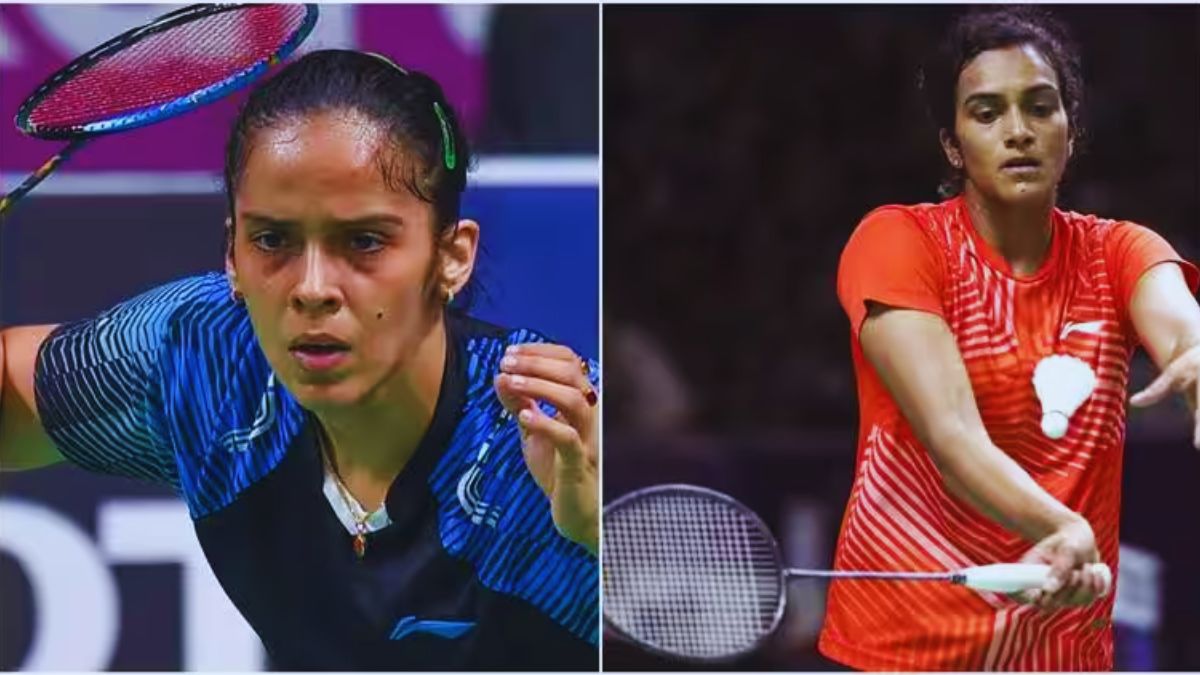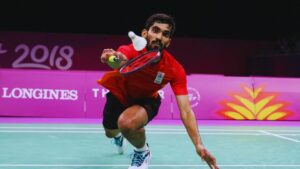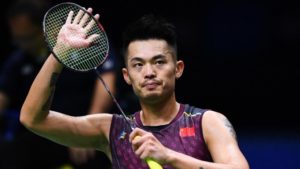Badminton, a sport that requires speed, agility, and precision, has a long and storied history in India. Over the years, the nation has witnessed a remarkable journey of triumph and glory, with its badminton stars leaving an indelible mark on the international stage. From humble beginnings to achieving global recognition, India’s badminton players have consistently strived for excellence, and their dedication has reaped rich rewards.
Also read: Tracing the Glorious History of Badminton at the Asian Games
Early Beginnings and Pioneers
The roots of badminton in India can be traced back to the 1800s when British officers introduced the sport to the country in Poona in the 1860s when British colonists were stationed in India. It quickly gained popularity, and by the early 1900s and 1867, British colonists in India composed the initial informal set of badminton rules.
One of the early pioneers of Indian badminton was Nandu Natekar, who became the first Indian to win an international title. Natekar debuted for India in 1953 when he was just 20 years old. He is often hailed as the pioneer of Indian Badminton and is the first Indian badminton player to win an international medal for the country.
All England Open title in 1980 – Prakash Padukone
The 1980s marked a turning point in India’s badminton history. Players like Prakash Padukone and Pullela Gopichand emerged as stars, bringing Indian badminton into the global spotlight. Prakash Padukone’s historic triumph in the men’s singles event at the All England Championships in 1980 remains one of the proudest moments in Indian sports history.
The New Millennium – Saina Nehwal and P.V. Sindhu:
As the new millennium dawned, Indian badminton witnessed a surge in popularity and success. Saina Nehwal and P.V. Sindhu emerged as two of India’s most prominent badminton stars, captivating the nation with their remarkable achievements.
Saina Nehwal’s breakthrough came in 2006 when she won the Philippines Open, becoming the first Indian woman to win a four-star badminton tournament. On the other hand, P.V. Sindhu made history at the 2016 Rio Olympics when she won the silver medal in women’s singles.
Sindhu continued her remarkable form, clinching the gold medal at the 2019 World Championships, becoming the first Indian to achieve this feat. Her achievements elevated Indian badminton to new heights.
Success in Team Events and Doubles
While Indian badminton had seen success in singles events, it also made its presence felt in team events and doubles. The Indian men’s team won the bronze medal at the 1986 Asian Games.
Players like Jwala Gutta and Ashwini Ponnappa in the doubles category achieved commendable success. Jwala Gutta and Ashwini Ponnappa formed a formidable women’s doubles pair, winning several international tournaments and becoming India’s first doubles pair to qualify for the Olympics.
Pioneering Coach Pullela Gopichand
Behind the success of many Indian badminton stars lies the visionary coach, Pullela Gopichand. Gopichand, a former All-England champion, took up coaching after his playing career and established the Gopichand Badminton Academy in Hyderabad. His dedication and expertise in grooming young talent have been instrumental in shaping the careers of players like Saina Nehwal and P.V. Sindhu.
Impact of the Premier Badminton League
The Premier Badminton League (PBL), launched in 2013, has played a crucial role in popularizing badminton in India. The league features top international and Indian players competing for different city-based franchises.
Continued Rise on the Global Stage
In recent years, Indian badminton has continued its ascent on the global stage. Players like Kidambi Srikanth, Sai Praneeth, and HS Prannoy have consistently featured in the top rankings, competing fiercely against the world’s best.
Government Support and Grassroots Development:
The success of Indian badminton can be attributed not only to the individual brilliance of its players but also to the support and investment from the Indian government and various sporting bodies. The Sports Authority of India & the Badminton Association of India (BAI) have played crucial roles in promoting the sport and identifying and nurturing talent at the grassroots level.
Conclusion
Nonetheless, with the undying passion of Indian badminton players, the relentless efforts of coaches and administrators, and the growing support from the government and corporate sponsors, the future of Indian badminton looks bright. As India continues its journey of triumph and glory, its badminton stars will undoubtedly continue to shine on the global stage, inspiring future generations.





